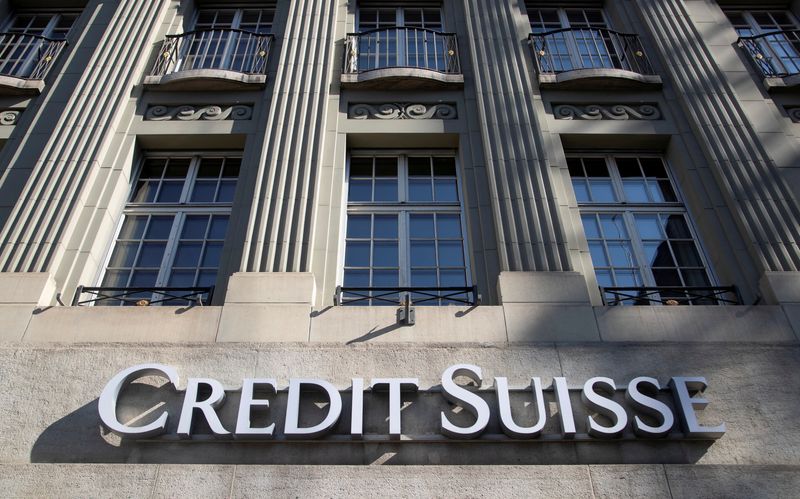(Reuters) – Credit Suisse came close to imploding months before its eventual rescue, the Swiss financial regulator said on Tuesday in its first detailed account of the crisis, as it argued for stronger powers to oversee lenders in future.
The regulator, FINMA, which has come under fire for its supervision of the bank, defended its role in the meltdown which eventually led to the biggest rescue of a bank since the global financial crisis of 2008-2009.
The regulator said it took “far reaching and invasive” measures to rectify the deficiencies it found at Credit Suisse as panicked customers withdrew huge chunks of cash after a string of losses and scandals.
FINMA said that its measures in terms of liquidity were unable to avert the imminent failure of the bank in mid-March 2023.
“FINMA used the full range of tools available to it, and identified the risk of possible destabilisation at Credit Suisse at an early stage,” said Thomas Hirschi, head of FINMA’s crisis unit.
“Although its actions had an effect, they were unable to overcome the causes of the loss of confidence, such as shortcomings in strategy implementation and in risk management.”
The regulator carried out 108 on site reviews at Credit Suisse from 2018 to 2022, and found 382 “points requiring action” – 113 where the risk was seen as high or critical.
“These figures and measures illustrate that FINMA exhausted its options and legal powers,” it said in its report.
FINMA said it wanted stronger powers, including the ability to impose fines and the option to publish details of enforcement proceedings.
To deal with liquidity crises, appropriate stress-testing processes must be available in future, it said in its report. FINMA will also increasingly focus on the bank’s liquidity plans and their feasibility.
The Swiss regulator is also looking to implement a so-called senior managers regime, a set of rules that identify specific responsibilities for senior executives, mirroring the framework adopted in Britain.
The report confirms details reported by Reuters on the extent of the bank’s frailty in the autumn of 2022.
Looking back on the crisis, Credit Suisse came near to collapse in late 2022, with the embattled bank “very close on several occasions” to drawing on 50 billion Swiss francs ($57.72 billion) in emergency liquidity support from the Swiss central bank. FINMA said.
The cash crunch prompted the Swiss National Bank at the time to weigh nationalising the lender and inject 50 billion francs into Credit Suisse to keep the bank afloat, Reuters reported, six months before Credit Suisse was eventually bought by UBS.
The bank, which was later taken over by UBS , needed to take action after clients withdrew 138 billion francs during the fourth quarter, FINMA said.
“The bank was, in particular in December 2022, very close on several occasions to deciding to make use of this facility in order to strengthen both the operating cash position and its liquidity key figures,” FINMA said on Tuesday.
“However, it decided against it, in particular because of the feared negative signal,” FINMA added.
FINMA is also revealing details about how dire the crisis at Credit Suisse was in that fatal week in March as the liquidity plunged.
The Swiss supervisor said it had imposed higher liquidity requirements on Credit Suisse following pressure on its funding during 2020 and 2021.
However, the measures taken were not sufficient. Credit Suisse was also resisting some of the measures imposed by FINMA.
“Only under repeated pressure from FINMA did Credit Suisse finally set up a reporting system that enabled its management to check implementation of the planned measures,” the report states
The Swiss government, SNB and FINMA intervened to support the takeover of Credit Suisse by UBS, the report said, achieving their goal of protecting the bank’s creditors and ensuring financial stability.
Banking supervision will be even more in the spotlight, with FINMA overseeing Switzerland’s one globally important bank – UBS – which has a balance sheet of $1.6 trillion – nearly twice the size of the entire Swiss economy.
“It is clear that the state of the Swiss financial centre in five or ten years’ time will be largely determined by whether the legal basis for supervision is strengthened today,” said Marlene Amstad, Chair of FINMA.
($1 = 0.8663 Swiss francs)



